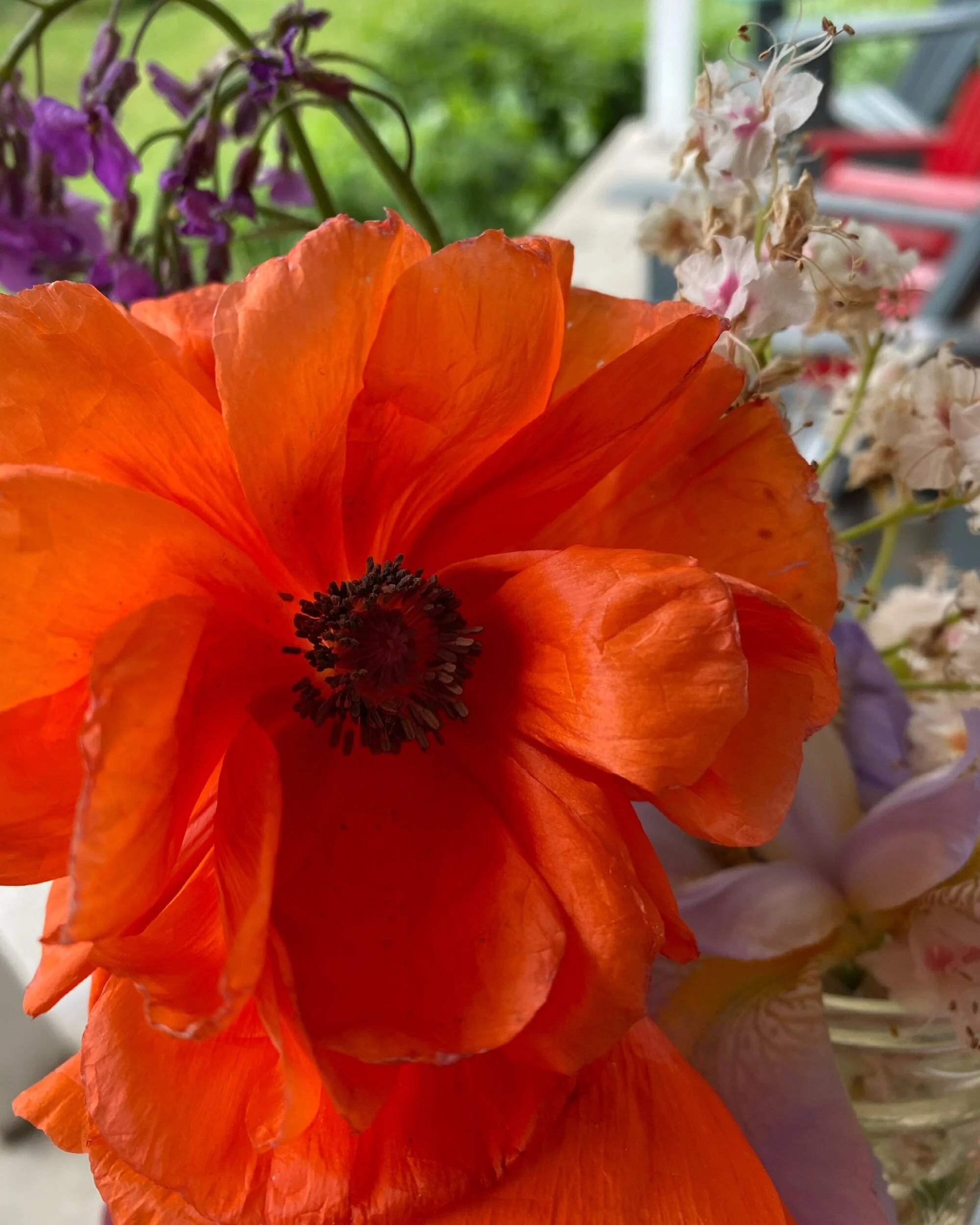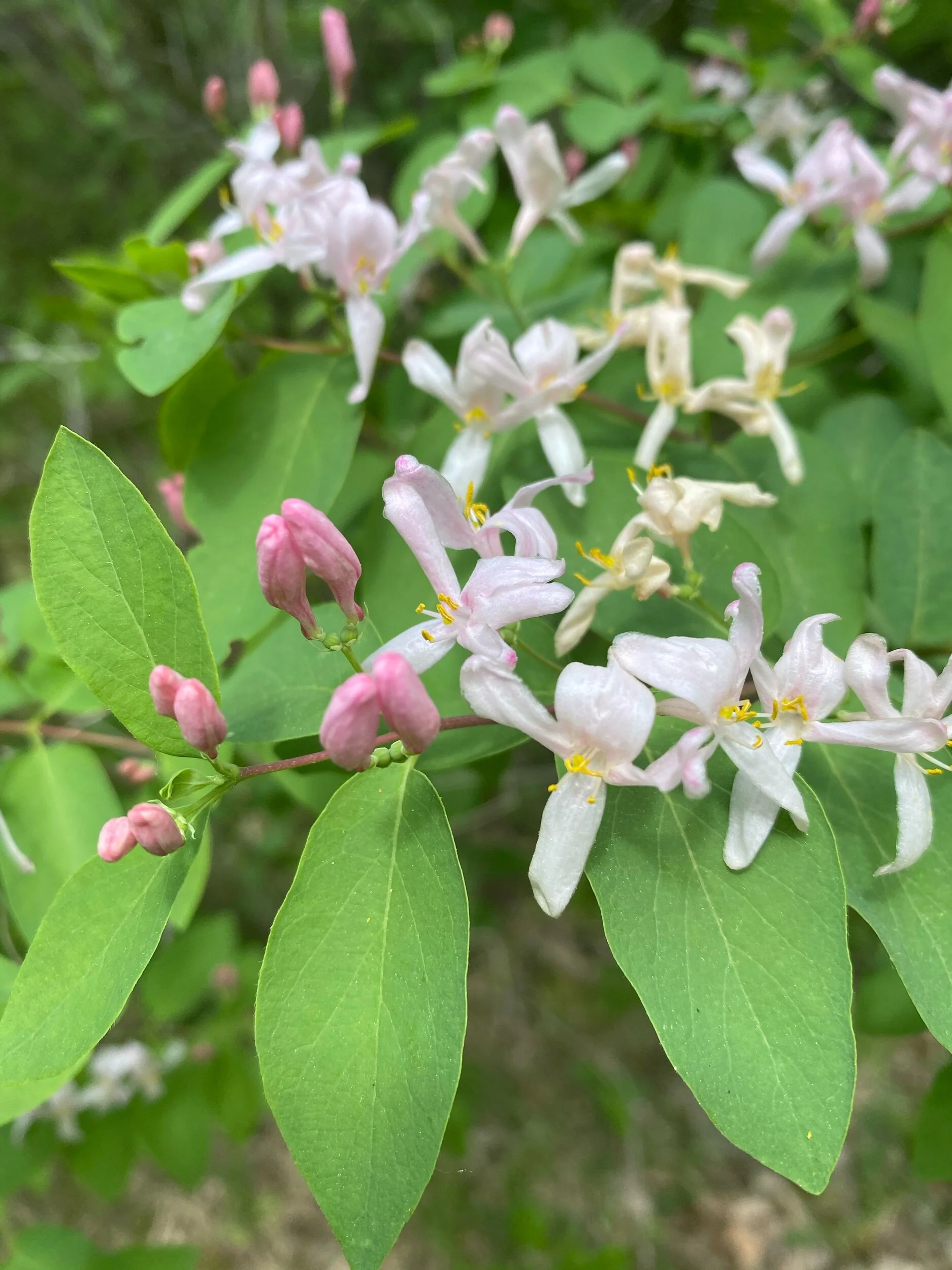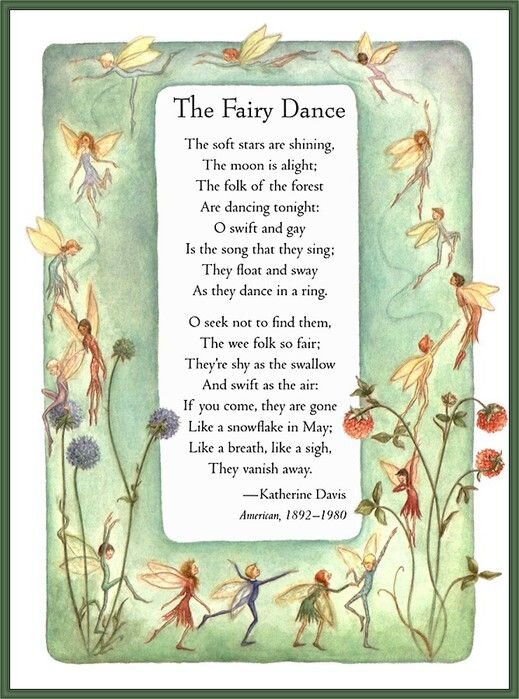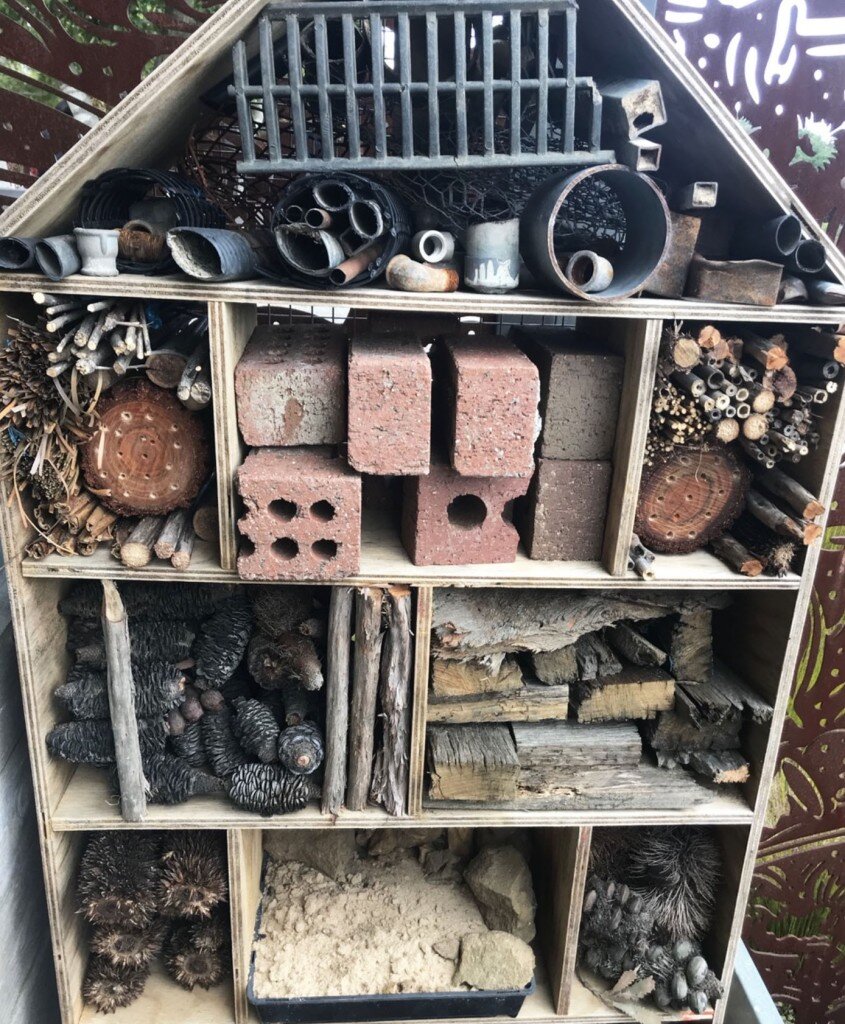If you are looking for resources, songs and poems that have been shared previously on the blog, you can use the search tool on this page.
One of my favourite Seasonal celebrations is upon us! MAY DAY - or as I knew it growing up: FAIRY DAY. On May Day the warmth and energy that brings forth new life is celebrated with song, dance, and merriment.
SEASONAL POEMS:
In many lands the children bring
May baskets for the first of Spring,
And hang them on a neighbour’s door
To say that Spring is here once more.
~ A. Wynne
The Fairy Dance
The soft stars are shining,
The moon is alight;
The folk of the forest
Are dancing tonight:
O swift and gay
Is the song that they sing;
They float and sway
As they dance in a ring.
O seek not to find them,
The wee folk so fair;
They’re shy as the swallow
And swift as the air:
If you come they are gone
Like a snowflake in May;
Like a breath, like a sigh,
They vanish away.
~ Katherine Davis
SEASONAL SONG:
This is the song the Nature Kindergarten class has been practicing for our class Maypole dance.
With Laughter and Singing
With Laughter and singing
The green earth is springing
The shepherds are piping
Again it is Spring
La la-la la-la la-la la la la
La-la la-la la-la la!
You can check out some inspiring Maypole dances performed at other Waldorf schools below:
NATURE ADVENTURES & PROJECTS
Pack your backpack with a snack, water, and extra clothes and get ready to hit the trail (or your backyard!).
Here are some ideas that you might want to try out this week:
SEEDS
NATURE ADVENTURE
Plants follow a cyclical process of beginning a new life, growing, producing new seeds and then coming back to the starting stage. Most plants start their life from a seed, and each seed contains a tiny plant waiting for the right conditions to germinate.
On your adventure, look for as many different types of seeds as you can. Hint: check last year’s dried plants. Collect a few different types of seeds to bring home and look at more closely.
PROJECT
Make a Mini Greenhouse
Make a simple mini greenhouse and watch the seed germination process in real time! All you need are damp paper towels, some seeds and plastic bags. It’s helpful to soak your seeds in water overnight, for faster germination.
Materials
Paper towel
Clear plastic bag
Seeds
Labels
Tape
Instructions
First, fold a damp paper towel inside a clear plastic bag and place the seeds along one side of the bag, pressing them against the paper towel.
Label the bags with the type of seed.
Seal the bags and hang them in a sunny window using tape.
Each type of seed will have a different germination period; make predictions on which seed will be the first to sprout. Take note of how the seeds swell before breaking open. Look at the roots and see how they reach, even without soil. You can carefully transplant your seedlings into small, soil-filled pots and then later into your garden.
PROJECT
Seed Drawing
Look closely at the seeds you gathered. You could look inside an apple or another fruit at home, if you didn’t collect any on your adventure.
Draw the seeds. Pay close attention to the shape, colour and any markings you see on the seeds.
PROJECT
Seed Balls
Sowing wildflowers provides vital resources to support a wide range of insects that couldn't otherwise survive in urban or built-up areas.
Throwing, breaking up or digging ‘seed bombs’ (or balls) into areas in your garden that need a little brightening up is a perfect way of spending an afternoon!
Materials
Meadow flower seeds or seeds collected from the garden
Peat-free compost
Water
Soil with a high clay content
Mixing bowl
Instructions
In a bowl, mix together seeds with some compost and soil.
Slowly mix in water with your hands until everything sticks together.
Roll the mixture into firm balls.
Leave the balls to dry in a sunny spot.
Now for the fun bit! Plant your seed bombs by throwing them at bare parts of the garden and wait to see what pops up!
More Resources
Story : A Seed Is Sleepy https://youtu.be/9_vElnekJzI
Book List: https://www.giftofcuriosity.com/10-books-about-seeds-for-kids/
POLLINATORS
NATURE ADVENTURE
Pollinators are animals and insects that help to transport pollen from plant to plant. This important job helps plants to grow and become food for animals and humans. Can you find some pollinators on your adventure? Look for bees, wasps, butterflies, moths, flies, beetles, small mammals, and birds
Project
Make a Bee Hotel
Bee hotels provide shelter for bees. Bee hotels are places for solitary bees to make their nests. These bees live alone, not in hives. They do not make honey. Solitary bees are much less likely to sting than honeybees because they aren’t defending a hive. Several bee species like to make their homes inside places like hollow plant stems or soft rotten wood.
Materials:
A wooden box or terracotta planting pot or sturdy cardboard tube
hollow plant stems or bamboo canes
string
Instructions:
Cut the straws or bamboo canes to a length that fits the depth of your box, pot or cardboard tube. If you are using bamboo canes you will need a grown up to carry out this part as it’s tricky.
Tie the bundle of straws or canes together with a piece of string.
Place the box, pot or cardboard tube horizontally in your garden in a quiet place for the bees to move in.
Photo Credit: National Geographic
Photo Credit: Eco Explorers
MAY DAY / FAIRY DAY / BELTANE / MAYFAIRE
nature adventure
Go on a hunt for signs of fairies. Look for twisted roots, toadstools, fungi, moss, lichen, dew drops, miniature flowers, and other places that have a magical look about them.
Signs of fairies!
Projects
Make a Fairy Home
Invite the fairies in for a visit by building them a home. See last year’s May Day post for more details.
Fairies love little nature treasures. If you have found small shells, special rocks, sparkling gems, pine cones, acorns, or feathers you can place these in your fairy home for the fairies to enjoy.
Make a Fairy Door
A fairy door is a miniature door, usually set into the base of a tree, behind which may be small spaces where people can leave notes, wishes, or gifts for the "fairies".
Materials:
Solid piece of bark or wood
Scissors
Glue
Yarn or ribbon
Beads
Paint
Paintbrush
Flowers
Pinecone
Acorn caps
Seed pods
Make a Miniature May Pole
The original symbolism of the May Pole has been lost to time. Many historians and scholars have weighed in with hypotheses. Personally, my favorite hypothesis is that the May Pole symbolizes the world axis and the rotating ribbons represent the changing seasons.
Materials
a stick or dowel
Small flower pot or bowl
sand
coloured ribbon or yarn (ideally all seven colours of the rainbow)
glue (optional: hot glue)
A small piece of felt, fabric or a pom-pom
Instructions
Cut the ribbon or yarn so that it is a little longer than the stick or dowel that you are working with.
Glue one end of each ribbon to the top of the stick or dowel.
Glue a small piece of felt, fabric or pom-pom on top of the ribbons. This will help hold the coloured ribbons in place.
Fill a small flower pot or bowl with sand.
Sink the bottom of the stick or dowel into the pot of sand so that it stands straight up.
SEASONAL STORY
Teacher Sabrina reading the story Backyard Fairies by Phoebe Wahl
CONNECT WITH COMMUNITY
You have the opportunity to connect with other parents and families on the Nature (home)School journey through a private Facebook group. The digital forum is a place where you can post photos of the activities that you get up to with your children, share stories or inspirations from your outdoor adventures, and connect with other families. Please follow the link to connect with other families in the online community or from Facebook - search: Nature (home)School Support.
We are a very small Not For Profit School. If you like these resources and find them helpful, please consider making a donation to our Nature Kindergarten program. We appreciate your support!
























